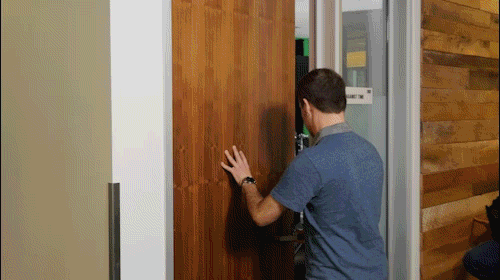The Developer Show — TL;DR 017
Jump to the tl;dr below for just the updates and links.
Welcome to the Developer Show, where you can stay up to date on all the latest Google Developer news, straight from the experts. This week, I go over all the latest updates from new tools on Google Play to the latest Android Support Library (23.2).
Have a question? Use #AskDevShow to let us know!
tl;dr
Just the updates and links
Web
Learn how to use the new Save-Data client hint to deliver fast and light applications to users who have opted into ‘data savings’. It’s available in Chrome, Opera, and Yandex browsers and Ilya shows you how to use it.
Cloud
The Google Cloud Platform now has their own podcast! Tune in during your commute, at the gym, mowing the lawn, cooking dinner, or wherever… to hear about exciting things happening on Google Cloud.
Android
Cross-platform game publisher Poki reaches 30 million monthly active users and their recent mobile app has over 500K downloads and a 4.4 rating across the app stores. Check out the article for tips from their co-founder Sebastian on how they test their games before launching.
We’ve made a number of improvements in the Google Play Developer Console to help you engage and understand your users with ratings and reviews. Updates include seeing ratings over time, ratings breakdown, review highlights, and device metadata.
The latest Android Support Library is available now. It adds a few new support libraries as well as new features to many of the existing libraries. The post has everything you need to know.
Firebase
If you watched last week’s show, you know David East is always ready to talk about Firebase. In this interview, David talks to Laurence Moroney about what he calls ‘The Holy Grail of Development.’ That’s probably something you should check out.
Launchpad Accelerator
Google’s Launchpad Accelerator is a new program that provides late-stage startups with mentoring and resources to successfully scale in their local economies. During the intensive two-week Accelerator kickoff in our Mountain View headquarters last month, Google engineers from 11 product areas, as well as experts from other companies, were on hand to provide 24 promising startups with mentorship on how to scale and monetize their apps, and ultimately, build successful businesses. Learn more on the post and apply for the June class.
The Developer Show 016 — Firebase with David East
Jump to the tl;dr below for just the updates and links.

This week on The Developer Show, I cover new features in TensorFlow, boosting family app success on Google Play, extending integration on Google Sign-In and more! Also, I chat with David East on the set of his new show Firecasts. Learn more about how David’s training developers to build extraordinary apps with Firebase.
tl;dr
Just the updates and links
Machine Learning
We recently announced the release of TensorFlow Serving which is a high performance, open source serving system for machine learning models, designed for production environments and optimized for TensorFlow. It’s ideal for running multiple models, at large scale, that change over time based on real-world data. The post has more details and the GitHub link.
Android
BabyFirst increased their installs by 50% across their portfolio of apps with Google Play by implementing Store Listing Experiments, and localizing the store listing into 10 languages. Find out how in this latest Android Developer Story.
It’s time for part 4 of Laurence Moroney’s series on Google Sign-In. In the latest post, learn how you can have your users sign in via your app to authorize your service for access to Google APIs, such as Google Drive, on their behalf.
Analytics
Autotrack for analytics.js attempts to leverage as many Google Analytics features as possible while requiring minimal manual implementation. To start using more of Google Analytics today, check out the post.
Cloud
The Google Cloud Vision API is now in beta and anyone can submit their images to understand the contents — from detecting everyday objects such as “sports car,” “sushi,” or “eagle” to reading text within the image or even identifying product logos.
You can now diagnose problems in your production apps faster with updates to the Google Cloud Debugger. It lets you inspect the state of an application at any code location without stopping or slowing it down and now has an enhanced UI, expanded language support and debugging from more places.
Custom Machine Types for Google Compute Engine lets you create virtual machines with vCPU and memory configurations that are perfect for your workloads. While in beta, we’ve seen customers save an average of 19% — and as much as 50% — on top of our already market-leading prices. It’s now in general availability, so check it out!
Firebase
Firecasts is a new hands on YouTube series for Firebase developers. Tune in each week and learn how to build realtime apps on Android, iOS, and the Web with Firebase.
Page 55 of 63
subscribe via RSS